HORNWORTS
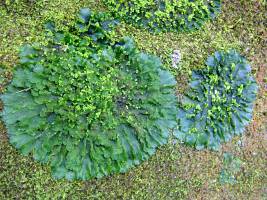
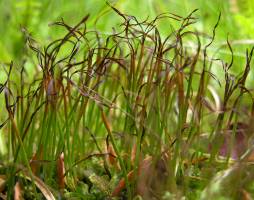
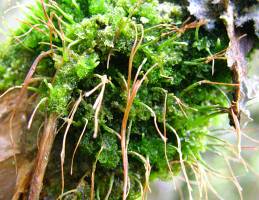
| HOME | GENERAL | MOSSES | USES | HISTORY | LITERATURE | LINKS | CONTACT |
MOSSES OF CHILE |
Bryophytes are a group of plants characterized by the dominant photosynthetic gametophyte (almost always perennial), monosporangiated sporophytes, and a rather slight differentiation of conducting tissues. These three important characteristics separate them from the other main groups of plants: ferns, gymnosperms and flowering plants. However, bryophytes constitute an artificial group because its members (mosses, liverworts & hornworts) don't share a common ancestor, representing three independent evolutionary lineages. The differences among these three plant groups lie on the general morphology of the gametophytes and in the structure of the sporophytes, mainly.
|
HORNWORTS |
||||
 |
 |
 |
||
Phaeoceros cf. squamuligerus, Chiloé. |
Phaeoceros skottsbergii, Chiloé. |
Dendroceros crispus, Pumalín. |
||
THALLOID LIVERWORTS |
||||
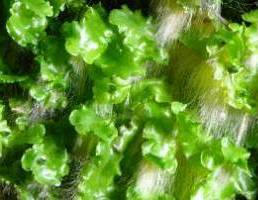 |
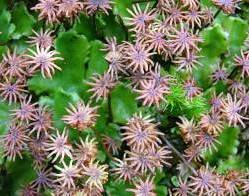 |
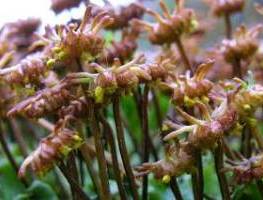 |
||
Marchantia sp., Constitución. |
Marchantia sp., Lago Quetru, Aisén. |
Marchantia sp., Tierra del Fuego. |
||
LEAFY LIVERWORTS |
||||
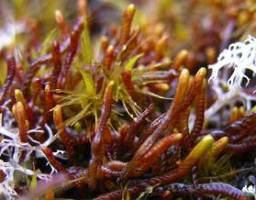 |
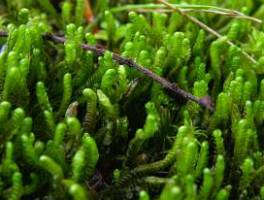 |
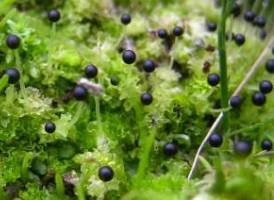 |
||
Cryptochila grandiflora, Chiloé. |
Jamesoniella sp., Chiloé. |
Fossombronia sp., Quillota. |
||
MOSSES |
|||
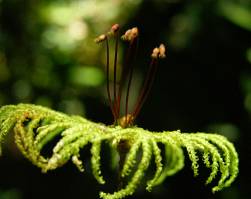 |
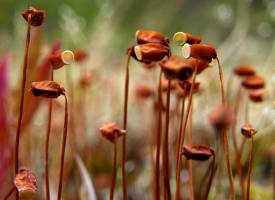 |
||
Hypopterygium arbuscula, Chiloé. |
Polytrichadelphus magellanicus, Río Bravo. |
Polytrichum piliferum, Cochrane. |
|
With the following key you would be able to differentiate between bryophyte groups (for the terminology use the online version of TROPICOS glossary):
1. Plants more or less flattened, thaloid, without stems or leaves........................2
2. Thalli crunchy when breaking, always in very humid places or next to the water; sporophytes born from a kind of horn made of gametophytic tissue, from which emerges a long, cylindric capsule, that opens by its distal extreme in two valves containing a central columella surrounded by spores, with pseudo-elaters (only Megaceros and Dendroceros have real elaters); seta lacking.......hornworts
3. Plants with bilateral simmetry, generally postrated and sometimes with a row of ventral differentiated leaves (amphigastria); leaves without nerve, without alar cells, generally lobed or laciniated; sporophytes ephimeral, opening by four longitudinal apertures at maturity, without operculum, peristome, or columella; elaters present.................................................................liverworts (in part)
|
Juan Larraín 2009 |
The material on this website can be freely used under the terms of a Creative Commons Attribution-NonCommercial-ShareAlike 3.0 license. Any commercial use should be asked to the author. |
Cite this page as: Larraín, J. 2009. Musgos de Chile. URL: http://www.musgosdechile.cl (include the date when the information was obtained) |
|
Visits |
| HOME | GENERAL | MOSSES | USES | HISTORY | LITERATURE | LINKS | CONTACT |